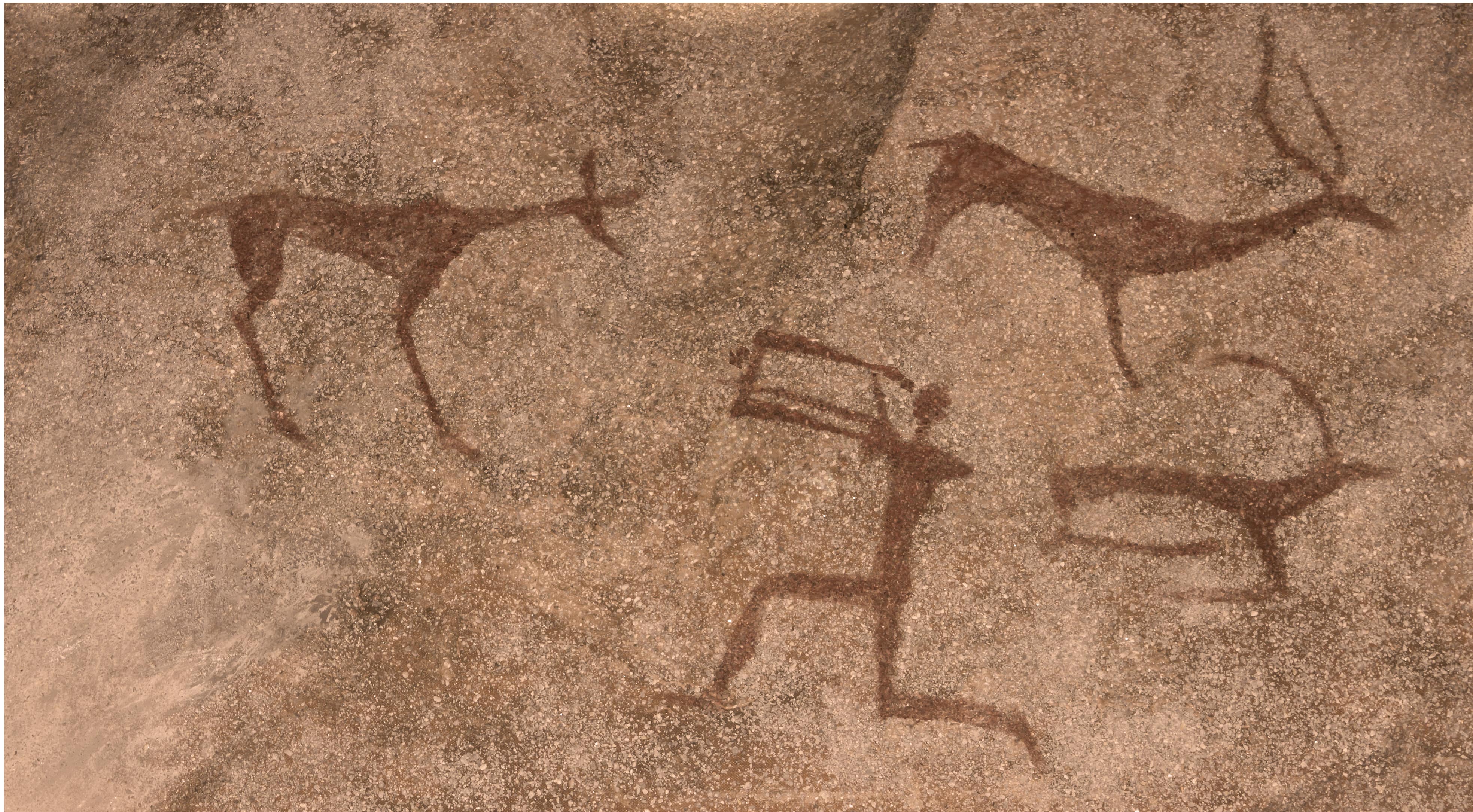
Archaeologists have found new cave paintings in Central Europe that suggest photography may be many thousands of years older than previously realised.
It is well known that the whole concept of the camera obscura is ancient. There is evidence from China and elsewhere that suggests that simple pinhole mechanisms were in use in the 4th century BCE. Indeed, the word 'camera' is derived from the Latin for chamber; a reference to the darkened chamber that the camera obscura effect requires to work.
Now, however, archaeologists investigating recently discovered cave paintings in the Prvotravanjska Budala cave system in Croatia have unearthed evidence that actual cameras as we would know them were used in pre-history, circa 15,000 BCE.
Given that photography is previously thought to have been developed in the Victoria era, this is a massive shift in our perceptions of the technology.
The paintings, one of which is shown above (and is the first to be released publicly by the research team), show human figures chasing what look to be deer with a large box like structure that has smaller structures on the front and the back. These, the team led by Dr Goran Živojinović, reckon, are a primitive lens and eyepiece.
"Glass would have been beyond the technology of the time, but these scenes seem to be taking place in winter and it is not impossible that carefully shaped ice was used as a lens at the front of a hide-covered box made of wood and reeds to focus the image in a portable camera obscura," says Dr Živojinović. "The user would have also wanted to line up the objects in question, and so a small structure poking out the back works as a viewfinder."
The question is why? What would a portable camera obscura show? Some anthropologists point to a desire to capture 'the essence' of an animal, but Dr Živojinović's team reckon they might have been making actual photographs, or something similar, a mind-boggling 17,000 years ago.
"We have been conducting experiments involving urinating on animal skins, and we have found that if we eat the right food to change the chemical composition of our urine, then at the right temperatures and with a concentrated enough light source we can 'fix' the outline of an image on a suitably treated skin. Of course, that involves a long exposure though, so our current theory is that the cave painting represents an idealised scenario and in fact the primitive photographers would have had to rest the apparatus on a rock and point it at a dead deer."
The team's findings not only suggest that photography is many thousands of years older than first thought, but also point the way to new, more organic forms of photography that may hold an advantage when it comes to assessing sustainability impacts in future productions.
"We would, of course, use glass instead of ice for the lens, but the main problem at the moment is the urine," says Dr Živojinović. "Frankly, it smells, and while we have interest from several major camera manufacturers already - and have trademarked the name CaveCam One - until we get hold of a more pleasant smelling liquid, mass production will be difficult."
Tags: Production Cameras


Comments